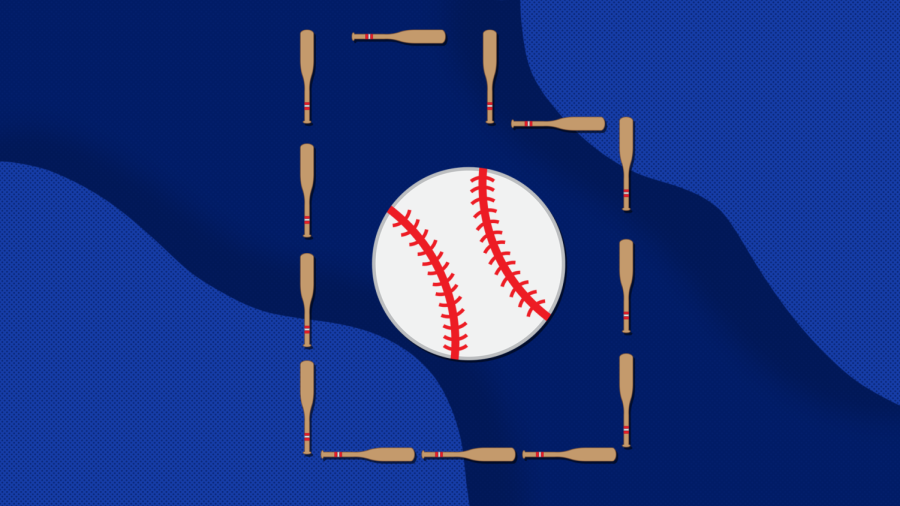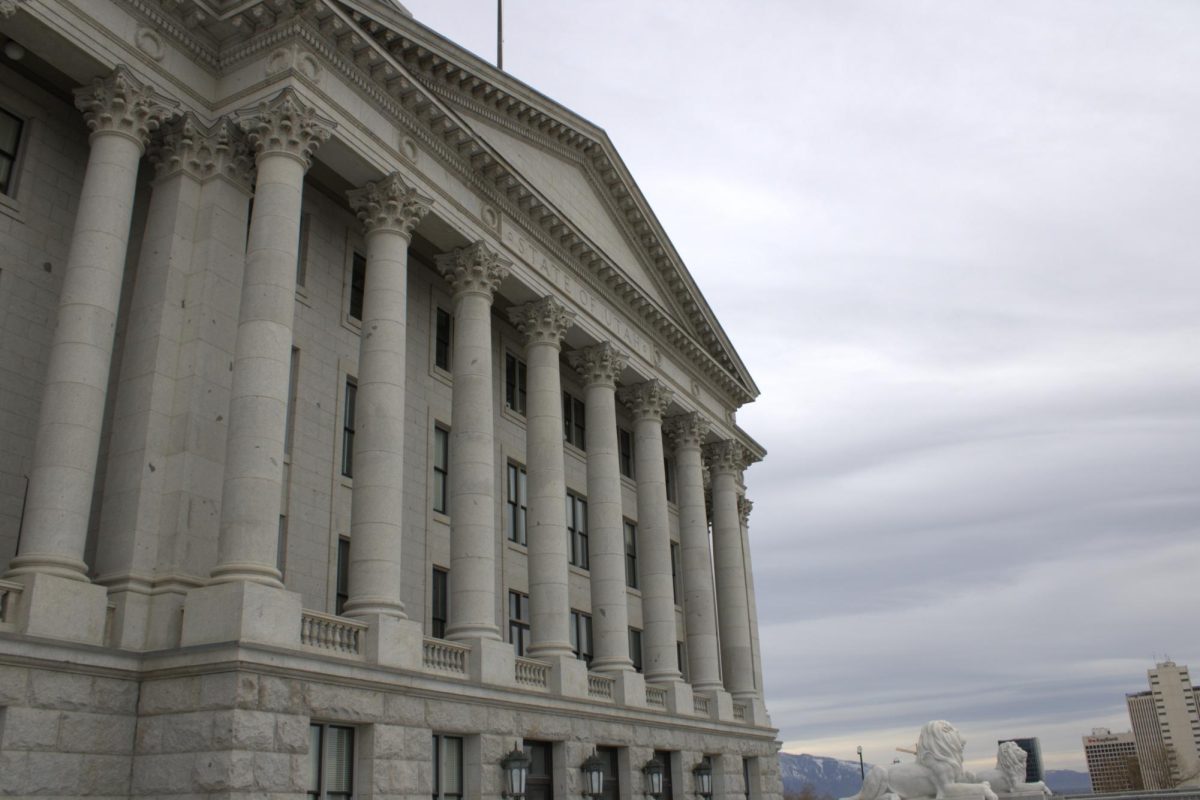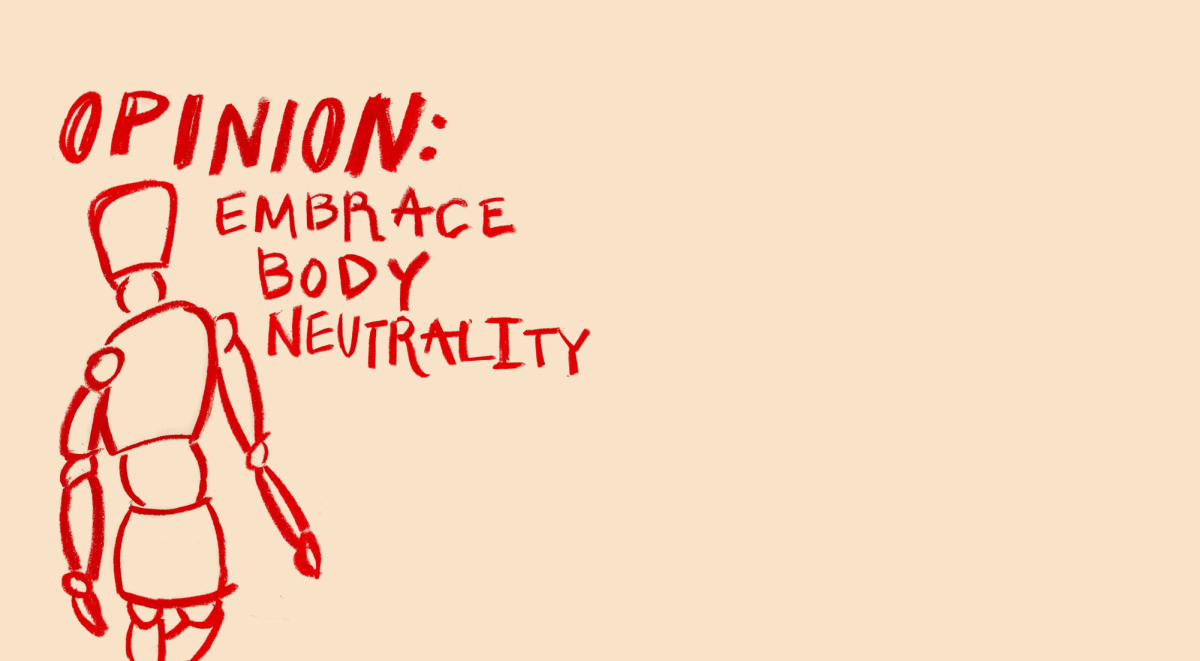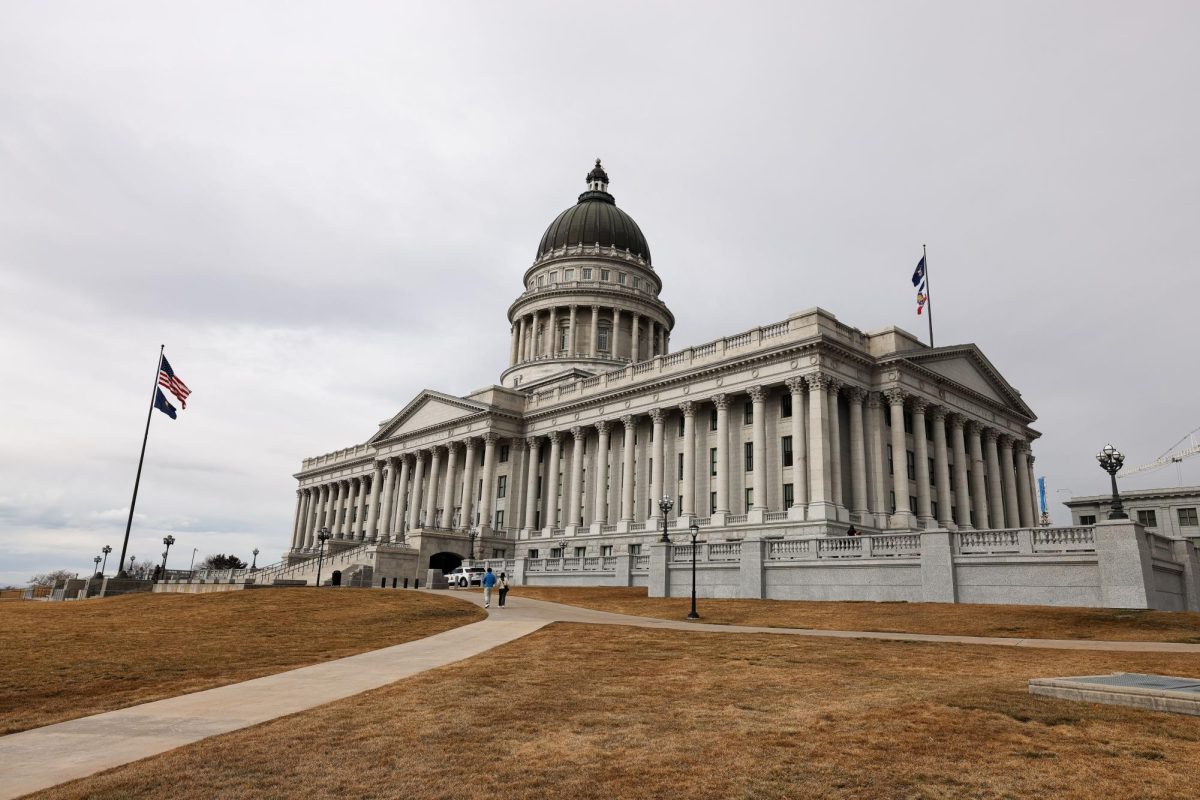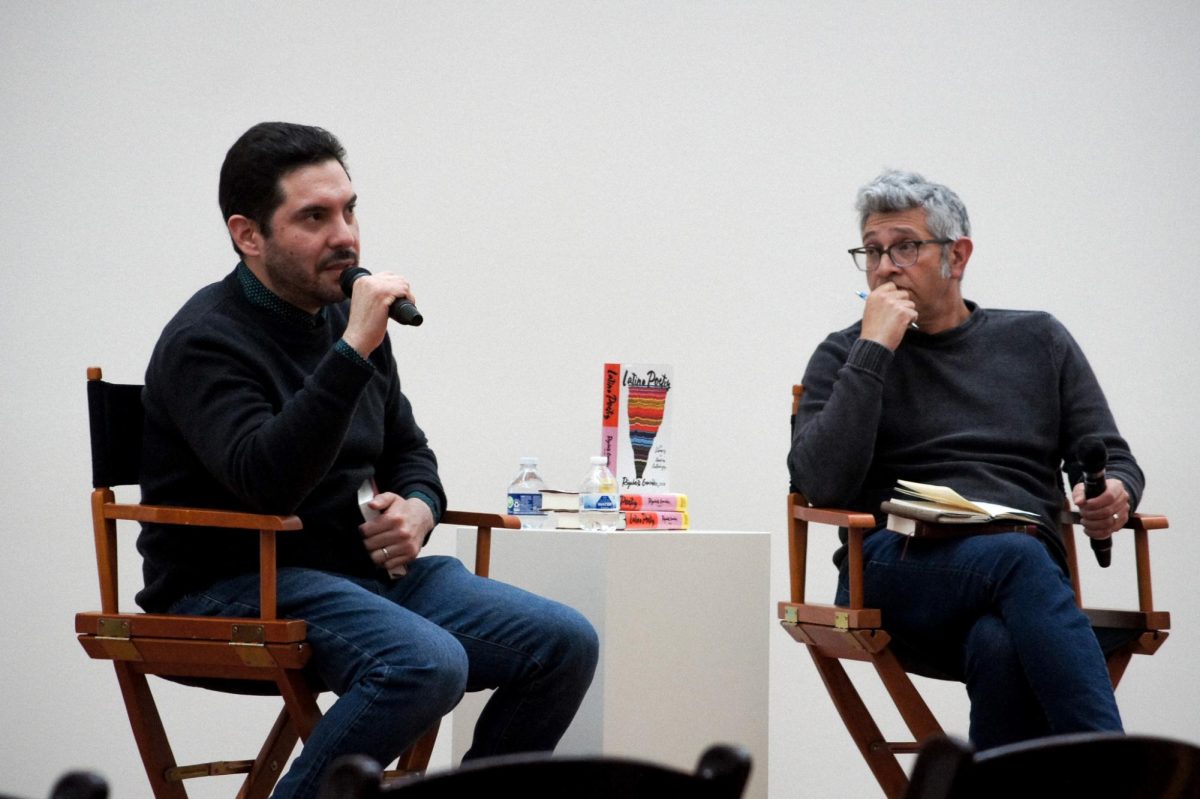The Future of Baseball in Utah
(Design by Madelyn Foulger | The Daily Utah Chronicle)
May 29, 2023
Older than the state itself, the University of Utah baseball team has played thousands of matches since its inception in 1892. The team was welcomed into the Pac-12 conference in early 2012, and it wasn’t long before the Utes began to develop as an integrated part of the Salt Lake City community.
Since 1996, the Utes have called Smith’s Ballpark home, the stadium where the team claimed their first and only Pac-12 championship at the end of the 2016 season. The Ballpark, nestled on the corner of 1300 South and 77 West, has been a staple of downtown Salt Lake for nearly 30 years, also serving as the home of the Minor League’s Salt Lake Bees. But talk of new construction and the desire to revamp the Ballpark neighborhood has compelled the U and local officials to unveil extravagant plans regarding the future of the sport, both locally and nationally.
As the Bees began to inch closer to the end of their lease at the Ballpark, which is slated for 2024, the fate of the stadium became a topic of discussion in the community. The City Council proposed expanding the Ballpark’s facilities, including adding new entertainment areas that could bring more social events and liveliness to the bleak neighborhood. The plan was part of a larger outline to help spruce up the area, which has seen a bit of a decline over the last several years. The council’s ambitious ideas are only feasible if the team accepts a new contract. However, another offer from the Larry H. Miller company will likely shut the idea down completely.
The offer, arguably more ambitious than the first, entails construction of an entirely new compound and abandoning Smith’s Ballpark altogether. The LHM company, current owner of the Bees and the Ballpark, purchased over 1,000 acres of land in Daybreak with the intention of building a brand new stadium. The new build would serve as home base for the Bees, with hopes of upgrading to house a new Major League expansion team in the future. Full details surrounding the development will be released later this year, but the group expects the construction to be complete in time for the 2025 season.
Now, what does this have to do with the Utes? After the news of these developments broke, and with the fate of the Ballpark up in the air, it became a possibility that the Utes may need to find a new home themselves. With the Bees leaving, the stadium would be much too large for what the U needed to house their program. But it was soon revealed, however, that the U was already at work drawing up their own plans.
In April of this year, the U went public with plans to construct their own baseball stadium to provide the Utes with a permanent stronghold. Supposedly having been under development for nearly a decade, the proposed stadium would replace the current baseball practice field, which is currently situated on Guardsman Way, across from Rowland Hall. The projected $35 million facility would provide a venue capable of housing over 1,200 fans, complete with everything from concessions to locker rooms. The Utes would be able to call the stadium their own and personalize it with adequate branding and logos, something that was painfully restricted at Smith’s Ballpark.
Although some fans were pleased with the anticipated move, others were concerned for the traffic and disruption that the larger scale construction could bring. According to the U, the original plans for the new stadium were actually scaled back from what was initially outlined, after considering the potential impacts it could have on the surrounding neighborhood.
“We look forward to working with our neighborhood partners to construct the best facility for our program,” Director of Athletics Mark Harlan announced via @theU. “… Providing a turf baseball field in Salt Lake City, intended for joint usage with the community, will be a tremendous asset that benefits all levels of baseball in Salt Lake City.”
The proposal was given contingency approval from the U’s Board of Trustees.
“I’d like to thank the Trustees for their approval to move forward with this important project to support our baseball program with a stadium on our campus,” Harlan said in a press release. “We have incredible engagement from donors, and we are actively working to reach our fundraising goals.”
We’re seeing the end of an era with all these changes coming to the Utah baseball scene and Salt Lake City. However, a bright and shiny one will soon be ushered in, offering both the Utes and the Salt Lake Bees a fresh start and chance to grow their identities in their own home stadiums.


